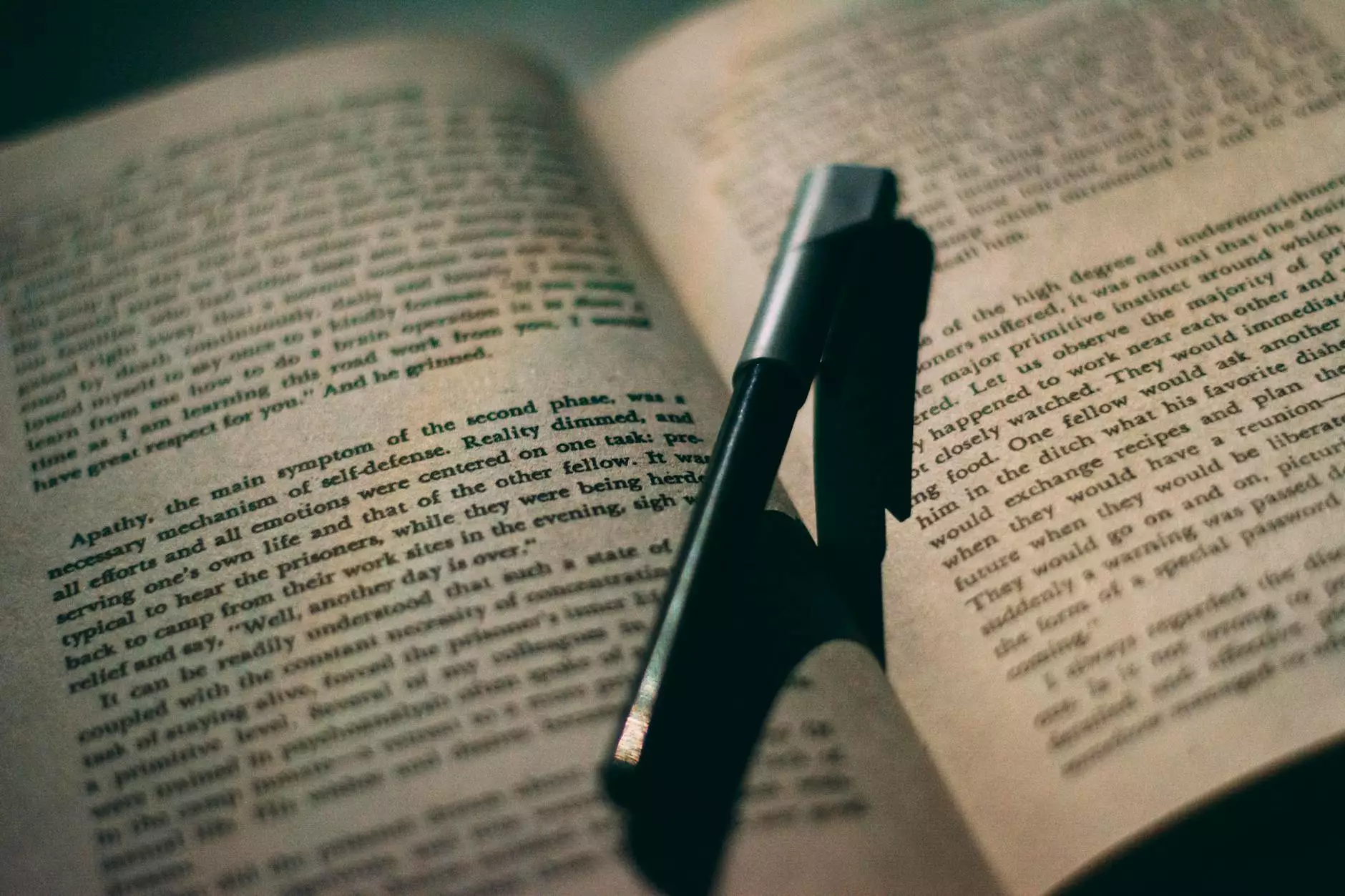Exploring the Parts of an Injection Machine

Injection molding is a crucial manufacturing process used in various industries, including metal fabrication and 3D printing. Understanding the different parts of an injection machine is essential for optimizing production efficiency and ensuring high-quality end-products. In this article, we will delve into the detailed workings of an injection machine, its components, and the processes involved.
Introduction to Injection Molding
Before exploring the parts of an injection machine, let's briefly understand the injection molding process and its significance in the manufacturing industry. Injection molding is a method of creating plastic or metal parts by injecting molten material into a mold cavity, allowing it to cool and solidify to form the desired shape. This process is widely used due to its versatility, fast production cycles, and cost-effectiveness.
The Essential Components of an Injection Machine
An injection machine consists of various components that work together to ensure a seamless molding process. Let's discuss the key parts involved:
1. Injection Mold
The injection mold is an integral part of the machine, responsible for shaping the molten material into the desired form. It is typically made from high-quality steel and consists of multiple cavities or cores, depending on the complexity of the part being manufactured. The mold needs to be precisely designed and engineered to ensure accurate replication of the desired shape.
2. Nozzle
The nozzle is responsible for transferring the molten material from the barrel to the mold. It needs to be heat-resistant and capable of withstanding high pressure. Proper nozzle design is crucial for preventing material leakage and ensuring consistent flow into the mold cavity.
3. Clamp
The clamp is an essential part of the injection machine that holds the mold together during the injection process. It exerts force to keep the mold closed, preventing any material from escaping. The clamping mechanism is adjustable to accommodate different mold sizes, ensuring a secure mold closure.
4. Barrel
The barrel acts as a reservoir for the raw material, which is typically in the form of small pellets or granules. It consists of a heating system that melts the material and a screw mechanism that moves the molten material towards the mold.
5. Screw
The screw within the barrel has two main functions - to melt the raw material and to inject it into the mold. The screw rotates and moves forward in the barrel, gradually heating and melting the material using a combination of mechanical energy and frictional heat. It then delivers the molten material under pressure into the mold.
6. Plunger
The plunger is a hydraulic or mechanical device that assists the screw in injecting the molten material into the mold. Its primary function is to provide additional pressure, ensuring the material fills the mold cavities completely. The plunger works in synchronization with the screw to achieve precise control over the molding process.
7. Hopper
The hopper is a container that holds the raw material before it enters the barrel. It allows for easy loading of the material and typically includes a mechanism to prevent any foreign particles from contaminating the material.
8. Hydraulic System
The hydraulic system plays a crucial role in the operation of an injection machine. It controls the movement of the clamp, the screw, and the plunger, ensuring precise and synchronized actions. The hydraulic system provides the necessary force for clamping the mold, injecting the material, and operating other components.
9. Cooling System
After the molten material is injected into the mold, it needs to cool and solidify before the part can be ejected. The cooling system involves channels and water circulation to efficiently extract heat from the mold. Proper cooling is essential to prevent warping and ensure dimensional accuracy of the final product.
Applications in Metal Fabrication and 3D Printing
Injection molding is widely used in metal fabrication and 3D printing, offering numerous advantages for producing complex parts with high precision. Metal fabricators utilize injection molding to create intricate components that cannot be easily machined or fabricated through traditional methods. The ability to achieve precise shapes and intricate features makes injection molding a valuable process in metal fabrication.
In the realm of 3D printing, injection molding is employed to manufacture durable and functional prototypes or end-use parts. The process allows for rapid production of intricate geometries and intricate internal structures, resulting in high-quality 3D printed objects. By combining 3D printing technology with injection molding, businesses can achieve cost-effective and efficient production of custom parts.
Conclusion
Understanding the key components and processes of an injection machine is crucial for optimizing manufacturing efficiency and ensuring the production of high-quality parts. This article has explored the different parts, including the injection mold, nozzle, clamp, barrel, screw, plunger, hopper, hydraulic system, and cooling system, which contribute to the overall functioning of an injection machine.
Injection molding finds wide applications across various industries, including metal fabrication and 3D printing, offering unparalleled possibilities for producing intricate and complex parts. By harnessing the capabilities of an injection machine, businesses can enhance productivity, achieve cost-effective manufacturing, and deliver superior products to meet the ever-evolving market demands.
parts of injection machine








